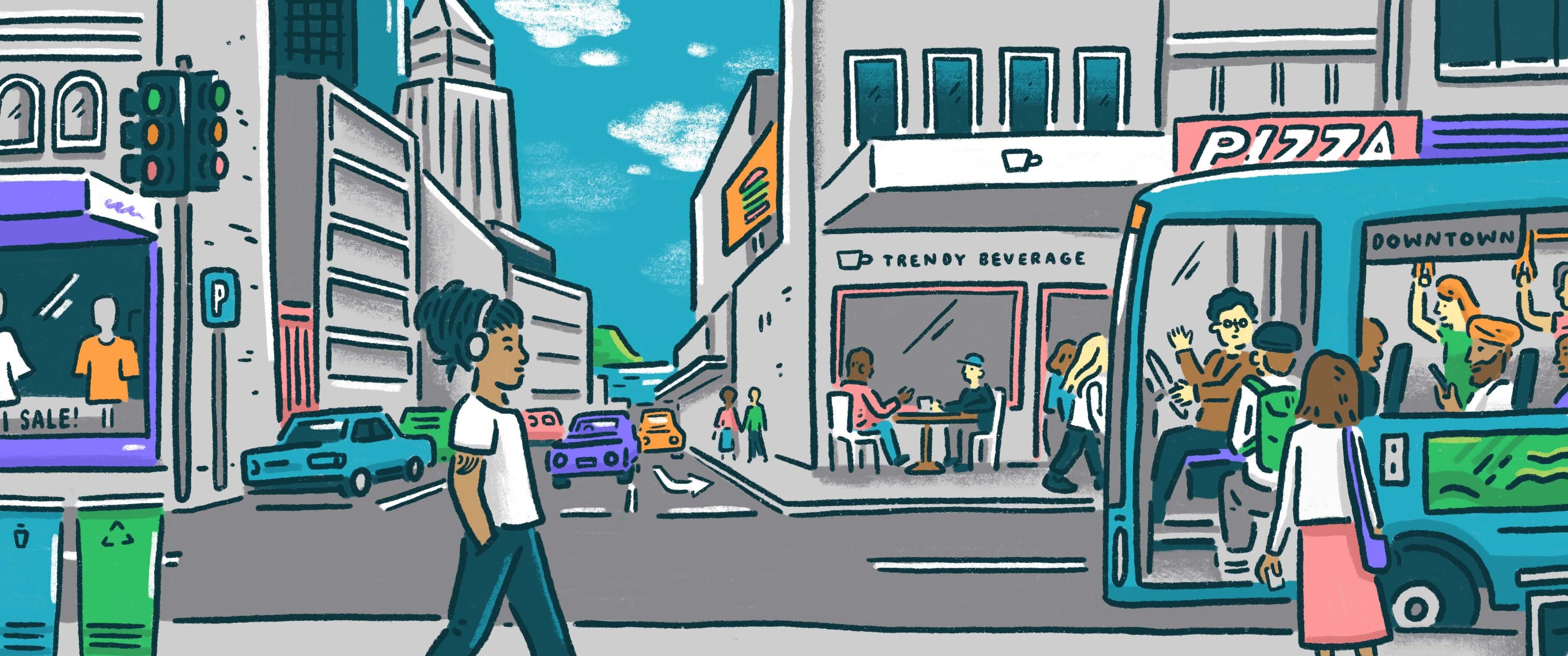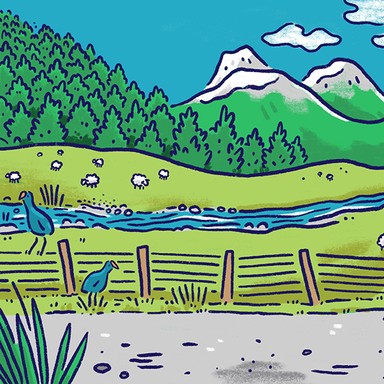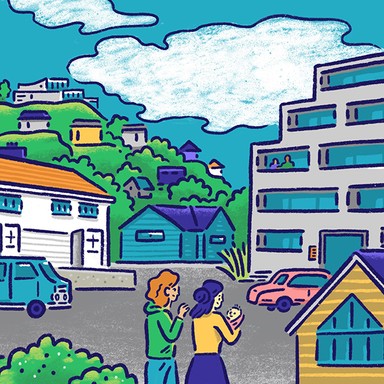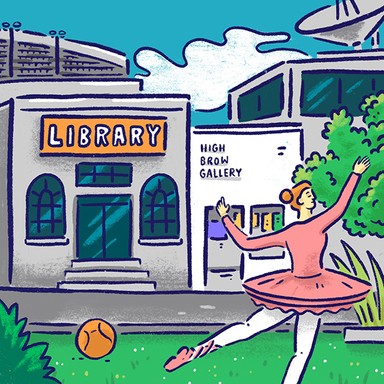
Wellington City Council

Transport
Helping communities get from A to B is a key responsibility of local government, from making sure the buses run on time to providing car parking and walking and cycling paths. Whether public transport is the responsibility of the regional or local council depends on where you are in the country. Local councils also own 87% of New Zealand’s roads.

Transport
Helping communities get from A to B is a key responsibility of local government, from making sure the buses run on time to providing car parking and walking and cycling paths. Whether public transport is the responsibility of the regional or local council depends on where you are in the country. Local councils also own 87% of New Zealand’s roads.
Increase accessibility of emergency services to city streets, and increase consultation with emergency services when planning road networks.
Review urban transport networks, increasing the reliability of public transport to emulate overseas systems of reliable public transport.
Make inner city parking more accessible, including disability, elderly and trade vehicle parking near clinics and essential services.
Upgrade transport infrastructure such as roads, bus stops, car parks and footpaths.
Improve public transport services by working with regional council. Public transport must be readily available, reliable and affordable.
Work with NZ Transport Agency and NZ Police to improve road safety.
Push for faster progress on the next phase of Let's Get Wellington Moving.
Establish more bus priority lanes across the city.
Roll out the full cycle network across the city to ensure safer journeys and to provide separation where possible from pedestrians.
Advocate for extending the on-demand public transport trial, with expansion to publicly owned, affordable Total Mobility services.
Support light rail and accelerate Let's Get Wellington Moving to ensure faster reduction in our transport emissions.
Ensure the development of safe and direct walking and cycling routes, and expand networks of paths connecting streets in urban areas.
I catch a bus regularly from Johnsonville. I wish it turned up more regularly.
I am in favour of road safety especially when it separates vehicles from cyclists.
I don't see why Wellington City Council is a 33% owner of the airport when all we as ratepayers receive is a dividend.
Support the creation of cycling networks and transport with low carbon emission.
Work with council to create suburbs that are less dependent on car access.
Work with New Zealand Transport Agency and Greater Wellington Regional Council to ensure that population growth areas, such as the Northern Ward, also get improved transport access around the city.
Support continued safety improvements for pedestrians and cyclists, especially for children going to school and local sports.
Prioritise walking and public transport as the key alternate modes, while recognising private vehicle access is still essential to many.
Make it safer to walk and cycle to school with slower speeds, better crossings, separated cycleways and traffic calming measures.
Provide more priority bus lanes to improve reliability and shorten journey times by getting buses out of traffic.
Deliver the a city-wide bike and scooter network, making it safer for riders and returning footpaths to pedestrians.
A free public transport to help our emission and encourage more and more people to use it. Bus driver wages need to be looked into.
Extension of airport runway as it will bring in more bigger planes and save people travelling to Auckland and Christchurch.
More free ferry boats between Miramar to CBD, Petone and Eastbourne to CBD to reduce traffic congestion.
Accelerate the reallocation of road space to more efficient modes of transport even where it has an impact on existing usage.
Adjust signals to prioritise non motor vehicle modes of transport.
Create full time bus lanes for the popular routes and consider allowing larger freight vehicles to use them to support the local centres.
Increase accessibility of emergency services to city streets, and increase consultation with emergency services when planning road networks.
Review urban transport networks, increasing the reliability of public transport to emulate overseas systems of reliable public transport.
Make inner city parking more accessible, including disability, elderly and trade vehicle parking near clinics and essential services.
Upgrade transport infrastructure such as roads, bus stops, car parks and footpaths.
Improve public transport services by working with regional council. Public transport must be readily available, reliable and affordable.
Work with NZ Transport Agency and NZ Police to improve road safety.
Push for faster progress on the next phase of Let's Get Wellington Moving.
Establish more bus priority lanes across the city.
Roll out the full cycle network across the city to ensure safer journeys and to provide separation where possible from pedestrians.
Advocate for extending the on-demand public transport trial, with expansion to publicly owned, affordable Total Mobility services.
Support light rail and accelerate Let's Get Wellington Moving to ensure faster reduction in our transport emissions.
Ensure the development of safe and direct walking and cycling routes, and expand networks of paths connecting streets in urban areas.
I catch a bus regularly from Johnsonville. I wish it turned up more regularly.
I am in favour of road safety especially when it separates vehicles from cyclists.
I don't see why Wellington City Council is a 33% owner of the airport when all we as ratepayers receive is a dividend.
Support the creation of cycling networks and transport with low carbon emission.
Work with council to create suburbs that are less dependent on car access.
Work with New Zealand Transport Agency and Greater Wellington Regional Council to ensure that population growth areas, such as the Northern Ward, also get improved transport access around the city.
Support continued safety improvements for pedestrians and cyclists, especially for children going to school and local sports.
Prioritise walking and public transport as the key alternate modes, while recognising private vehicle access is still essential to many.
Make it safer to walk and cycle to school with slower speeds, better crossings, separated cycleways and traffic calming measures.
Provide more priority bus lanes to improve reliability and shorten journey times by getting buses out of traffic.
Deliver the a city-wide bike and scooter network, making it safer for riders and returning footpaths to pedestrians.
A free public transport to help our emission and encourage more and more people to use it. Bus driver wages need to be looked into.
Extension of airport runway as it will bring in more bigger planes and save people travelling to Auckland and Christchurch.
More free ferry boats between Miramar to CBD, Petone and Eastbourne to CBD to reduce traffic congestion.
Accelerate the reallocation of road space to more efficient modes of transport even where it has an impact on existing usage.
Adjust signals to prioritise non motor vehicle modes of transport.
Create full time bus lanes for the popular routes and consider allowing larger freight vehicles to use them to support the local centres.
Mayor
Compare the mayoral candidates in your area
Local council
Compare the candidates for your city or district council
Regional council
Compare the candidates for your regional council
Local board
Compare the candidates for your local or community board







